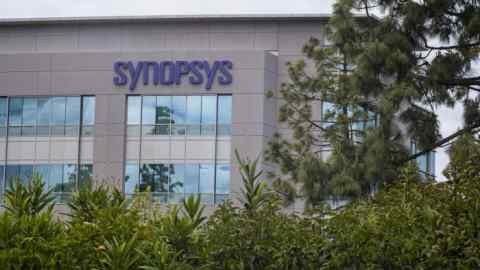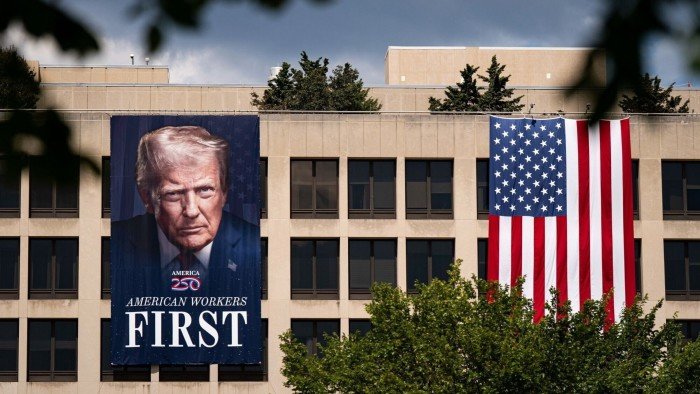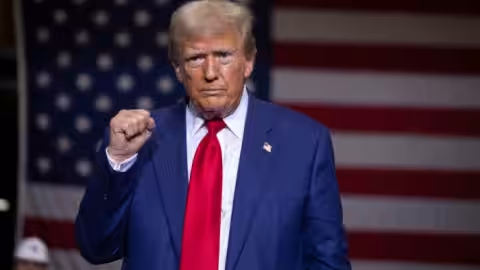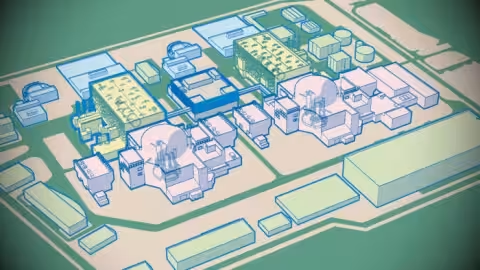Siemens has received notification from the US government allowing it to resume sales of chip design software to China, the German technology company said, as a trade deal between Washington and Beijing takes effect.
The US commerce department recently told Siemens that export restrictions introduced in May were “no longer in place”, the company told the Financial Times, adding that it had “restored full access to software and technology” under the controls and resumed “sales and support to Chinese customers”.
The announcement comes a week after the US and China signed a trade deal that reduced tariffs from levels as high as 145 per cent in April.
The limitations on software used to design semiconductors were put in place by Washington as part of a package of restrictions that also affected exports of jet engines and ethane.
They were introduced after China clamped down on its exports of rare earths, a crucial manufacturing ingredient in electronics and defence equipment, as part of its retaliation against US tariffs.
The Financial Times previously reported that the White House was looking at easing chip restrictions if Beijing sped up rare earth exports, ahead of talks in London that culminated in the deal being signed last week.
China on Friday said the two sides had “further confirmed” the details of the London talks.
Siemens EDA is one of three US-based companies that dominate the global market for electronic design automation software, which allows designers and manufacturers to develop and test the blueprints for new generations of semiconductors.
While the EDA sector accounts for just 1.6 per cent of the $600bn global semiconductor industry, it serves as a critical bottleneck in the supply chain for developing the latest cutting-edge chips. The US has for years placed limitations on exports of chips and chipmaking equipment on national security concerns.
Synopsis, Cadence and Siemens EDA produce almost all of the software required to design, produce and test the most sophisticated chips. They account for close to 80 per cent of China’s EDA market, according to Shanghai-based consultancy ICWise Research, despite Chinese efforts to produce homegrown cutting-edge chips.
The FT reported last month that China’s antitrust regulator had delayed approval of a $35bn merger between Synopsis and engineering software developer Ansys, after Washington’s move to ban US chip design software sales to China.























